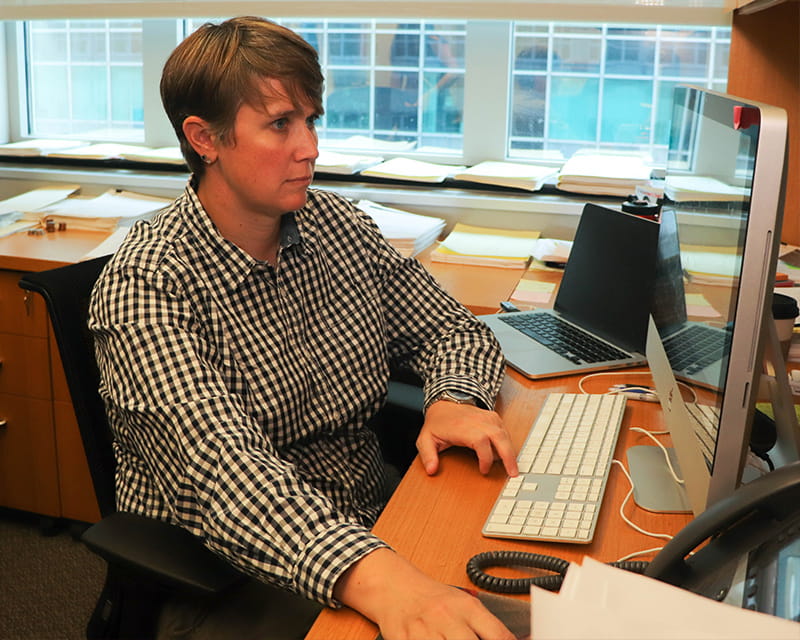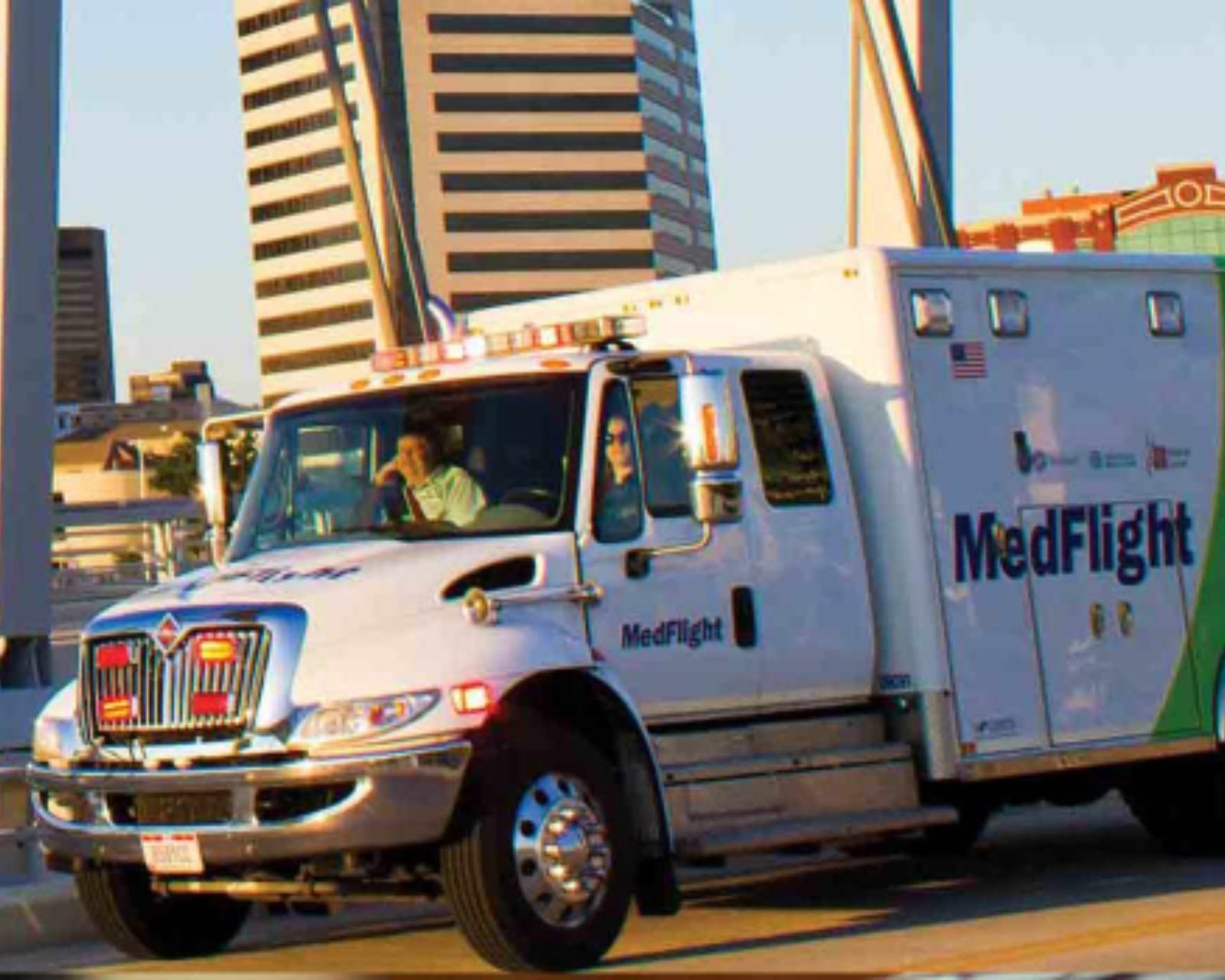
Lead on new therapies for cardiovascular disease
 The Ohio State University Wexner Medical Center has long been a destination for critically ill patients who begin extracorporeal membrane oxygenation (ECMO) treatment at community hospitals. Now the Ohio State Wexner Medical Center is offering a safer and more efficient way to transport those patients that preserves community health resources and could ultimately lead to better patient outcomes.
The Ohio State University Wexner Medical Center has long been a destination for critically ill patients who begin extracorporeal membrane oxygenation (ECMO) treatment at community hospitals. Now the Ohio State Wexner Medical Center is offering a safer and more efficient way to transport those patients that preserves community health resources and could ultimately lead to better patient outcomes.
Beginning in 2021, the Ohio State Wexner Medical Center partnered with MedFlight, an air and ground critical care transportation company headquartered in Columbus, to transport ECMO patients to the Ohio State Wexner Medical Center using our equipment and personnel, including the perfusionists trained to operate heart-lung machines who are crucial to ECMO patient transport. Within the first week of operation, the team completed their first successful transport of a patient from Youngstown in eastern Ohio. The program's second patient was transported from Indianapolis, Indiana.
ECMO provides temporary support for patients with cardiac or respiratory failure by clearing carbon dioxide from the patient’s blood and returning the oxygenated blood to the patient. It gives the heart and lungs a chance to rest while health care teams further assess a patient’s condition and treat the underlying issue. Often, consideration for advanced therapies such as artificial heart therapy or heart and lung transplant in appropriate patients is also occurring in parallel at the medical center.
Many community partners have the ability to place patients onto ECMO but may be limited in resources needed to get the patient to the next point of care, says S. Veena Satyapriya, MD, the medical director of the Ohio State Wexner Medical Center's Extracorporeal Life Support Program.
That can make a transfer to the Ohio State Wexner Medical Center's critical for a patient’s long-term health, or even survival.
“We have really developed a hub-and-spoke model—we’re one of a handful of high-volume ECMO centers in the region,” Dr. Satyapriya says. “With a lot of our community partners, we’ve already developed this sort of outreach where we call and talk about patients and provide education with respect to those patients. This new process is building on top of that—if they’re able to get patients on ECMO safely, how can we work together to get our patients the next level of care here at Ohio State?”
Previously, referring community programs—if they were able—handled patient transfers, transporting ECMO patients to the Ohio State Wexner Medical Center and sending along their own care teams to safely manage the trip. This restricted the number of patients who could be transferred and created a significant strain on resources for programs with limited ECMO equipment and possibly only a single perfusionist, says Nahush Mokadam, MD, the surgical director of the Ohio State Wexner Medical Center’s Extracorporeal Life Support Program.
“Instead of their team accompanying a patient, we now send our ECMO transport team to retrieve the patient,” Dr. Mokadam says. “This has several advantages for all parties. From the standpoint of community programs, they don’t have to sacrifice their resources to safely transport the patient to Ohio State. And on arrival, our perfusionist will transfer the patient from the partner ECMO circuit to our circuit, freeing up the community program’s equipment.”
Another benefit includes on-site assessment of patients prior to transport, so that the Ohio State Wexner Medical Center team can determine any precautions necessary for a successful transfer. That team will also monitor and manage the patient as they are driven to the Ohio State Richard M. Ross Heart Hospital, where the patient will have access to the full spectrum of advanced therapies, including ventricular-assist devices and heart and lung transplantation.
Dr. Satyapriya says the new transport program is part of the larger growth and expanded collaboration within the Extracorporeal Life Support Program at the Ohio State Wexner Medical Center, which has more than 10 years of experience in providing temporary support with ECMO and treats more than 100 patients annually.
“This really reinforces our presence as a quaternary care center,” she says, “and deepens our unmatched ability in the region to provide lifesaving care for even the most complicated cardiopulmonary patients.”
Read more featured stories about The Ohio State University Heart and Vascular Center.